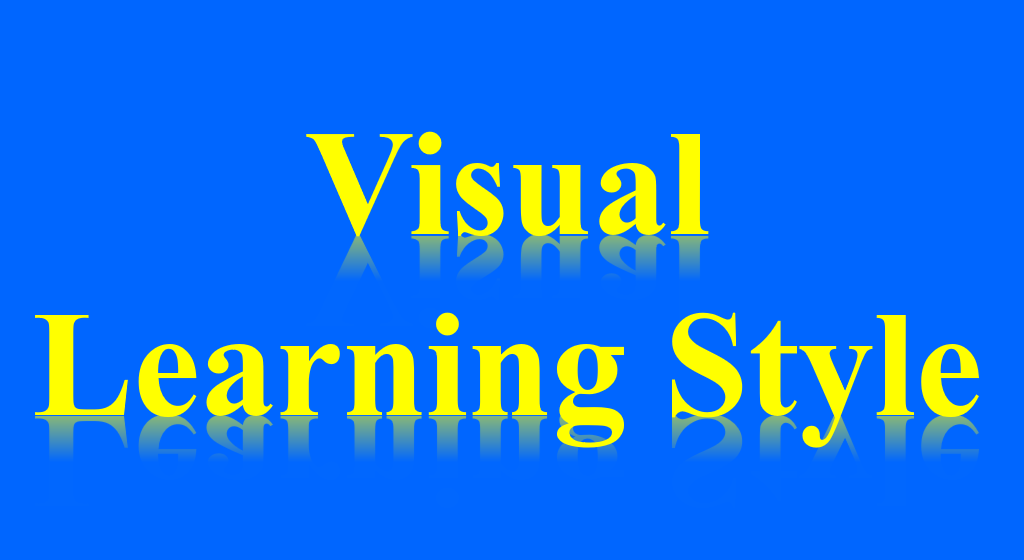Objective: Students will learn what it means to be a visual learner and how to maximize their learning potential by using strategies suited to this learning style. A student’s learning style can be identified through Onward360’s Learning Style Questionnaire, which helps determine whether they are a visual, auditory, kinesthetic, or reading/writing learner. This allows the program to tailor learning strategies to their individual needs for better academic success.
1. What is a Visual Learning Style?
A visual learner is someone who learns best by seeing and visualizing information. If you’re a visual learner, you likely understand concepts better when they are represented in a clear, visual format, such as charts, diagrams, videos, or pictures. You prefer reading, drawing, and watching demonstrations as a way of learning and absorbing information.
2. Characteristics of a Visual Learner:
- You remember things better when you can see them.
- You prefer pictures, charts, maps, and diagrams to help you understand concepts.
- You are good at picturing things in your mind when trying to remember them.
- You might enjoy color-coding notes and using highlighting to mark important information.
- Written instructions work better for you than verbal explanations.
- You prefer to sit at the front of the class to see everything clearly.
3. Strategies for Visual Learners:
If you identify as a visual learner, here are some tips to help you succeed in school:
- Take Detailed Notes: Write things down as you learn. You might benefit from organizing your notes in outlines, drawing diagrams, or using bullet points to make the information clearer.
- Use Visual Aids: Use flashcards, charts, graphs, and diagrams to help process and recall information. Visual learners often do well with study tools like mind maps or concept maps to organize information in a way that’s easy to visualize.
- Color-Coding: Use different colored pens or highlighters to separate topics or highlight key points. This makes the information stand out, making it easier for your brain to recall it later.
- Watch Demonstrations and Videos: Whenever possible, watch tutorials or video demonstrations to help you understand how something works. YouTube and other online educational platforms have countless visual resources.
- Visualization: Try to create mental pictures of what you are learning. For example, when studying history, imagine the events unfolding like a movie in your mind.
- Study with Diagrams and Flowcharts: Create or use pre-made diagrams, flowcharts, and visual representations of processes, steps, or concepts. This can help you see the relationships between ideas.
- Sit Near the Front of the Classroom: By sitting closer to the front, you can see the board, screen, or teacher’s visual demonstrations more clearly.
- Use Apps: Explore learning apps designed for visual learners, such as ones that focus on mind mapping, flashcards, and digital sketching tools.
4. Tips for Studying as a Visual Learner:
- Preview Your Textbooks: Skim through the headings, subheadings, and pictures in a textbook before diving into the text. This gives you a mental map of what you’re about to learn.
- Create a Study Space: Set up a space where you can see your notes, charts, or pictures easily, helping you stay organized and visually connected to the material.
- Draw Out Ideas: If you’re struggling to understand a complex idea, try drawing it out. For example, when studying science, you can draw the process you’re trying to memorize.
5. Conclusion: Being a visual learner means you have a natural preference for learning by seeing. By using the right strategies—like taking detailed notes, color-coding, and using visual aids—you can enhance your learning experience and retain information more effectively. Remember, knowing your learning style allows you to tailor your study habits, making learning both easier and more enjoyable.

